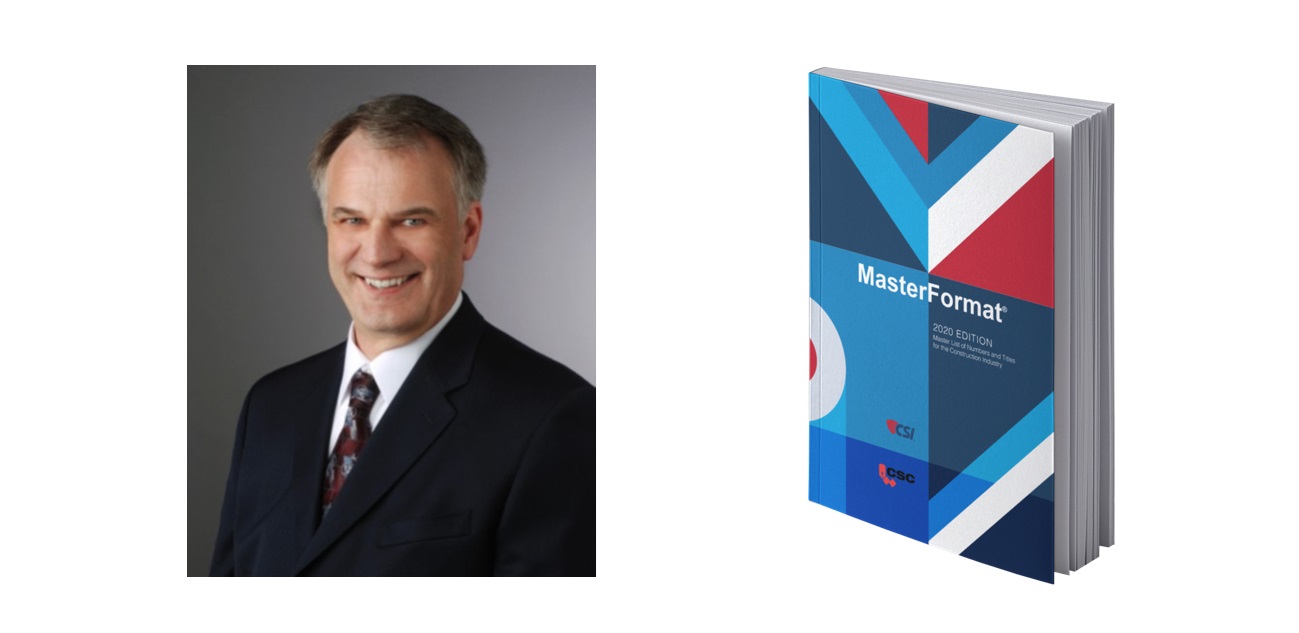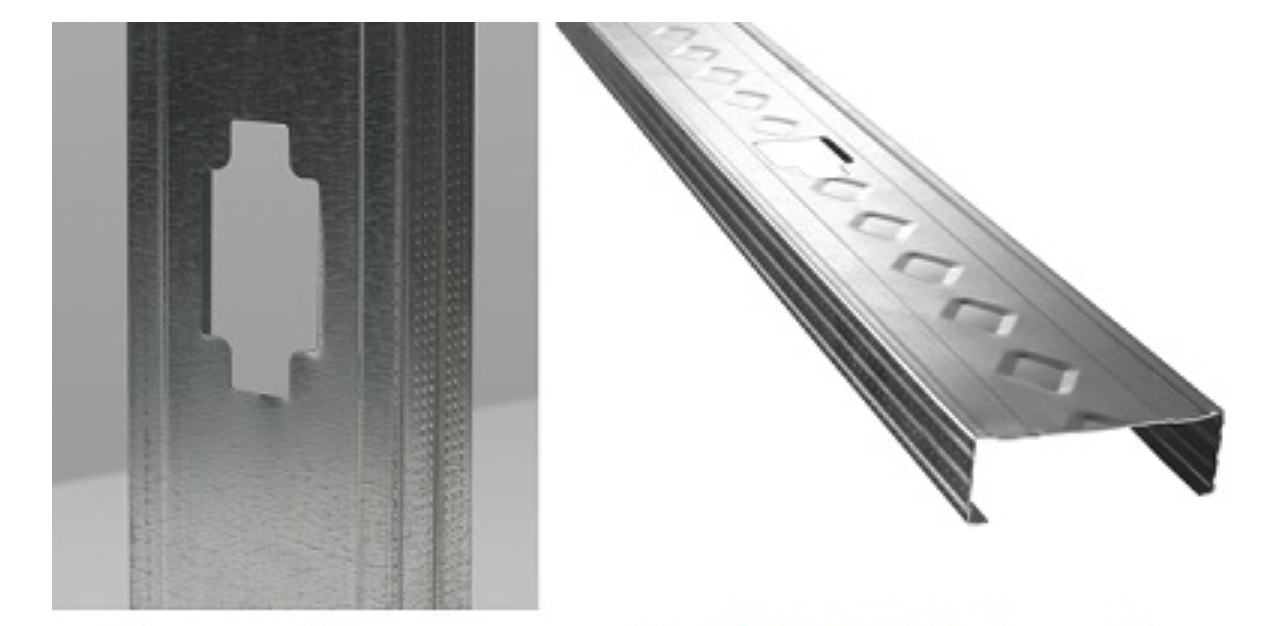Architects, are your in-house specifications current? If not, you may be limiting design, materials and assembly advantages that are available to your clients. Worse, you could inadvertently create non-code compliance issues on projects. What can you do?
To answer these questions, BuildSteel turned to Robert Grupe, director of technical services at the Association of the Wall and Ceiling Industry and an industry consultant. Grupe has decades of experience designing with cold-formed steel (CFS) framing and is an expert on the latest CFS framing standards.
BuildSteel interviewed Grupe recently.

Robert Grupe, consultant and AWCI director of technical services, says architects should check that their MasterFormat® specifications are current with AISI standards for the steel framing industry.
2018 IBC References a New Steel Framing Standard
BuildSteel: What do architects need to know about CFS framing standards?
Robert Grupe: There is a transition going on in the cold-formed steel industry. Traditionally, code-accepted CFS framing was defined by ASTM, the standards used for building materials in general. For example, gypsum panels follow ASTM C1396. Cement plaster is covered by ASTM C926. Lath falls under ASTM C1063. Nonstructural CFS studs fall under ASTM C645.
What architects should know is that the steel framing industry is moving away from following ASTM to following the standards defined by the American Iron and Steel Institute (AISI).
Also, for the first time, the International Building Code (2018 IBC) makes no reference to ASTM for nonstructural framing. The new reference standard for nonstructural framing is AISI S220, North American Standard for Cold-Formed Steel Framing. The new standard for structural framing is AISI S240. The 2018 IBC makes no mention of ASTM.
Architects need to be aware of this and double-check their specifications. Otherwise, they may be specifying steel products based on an older standard, one not referenced by the building code that applies to their project.
Another important issue is that ASTM does not address design – AISI does. This can be a huge problem if ASTM is specified and the code official is looking for an AISI design.
BuildSteel: Let’s talk more about non-code compliance issues on job sites.
Grupe: Well, there are significant differences between ASTM C645 and the AISI corollary for nonstructural framing, the AISI S220.
For example, ASTM C645 sets a minimum steel thickness of 0.0179 inches or 18 mm. However, the steel industry has developed technology to produce 15 mm CFS framing with some of the same structural capacities as 18 mm steel. These newer steel studs are called EQ studs — EQ stands for Equivalent, because they have certain equivalent performances to traditional studs.
EQ studs are a win-win for everybody, especially if the architect’s specifications have referenced AISI standards for steel framing. This is important, since EQ studs are now commonly used. It becomes a problem if an architect’s specifications for steel framing are based on ASTM C645, but the material being shipped does not meet that standard.
BuildSteel: How significant is not being up to date on specifications?
Grupe: Here are some real-life scenarios:
- A specialty contractor orders 15 mil CFS studs for a project that he knows follows the 2018 IBC. The material is compliant with the model code, but it’s not compliant with the architect’s written specs — if those specs are based on ASTM C645, which requires 18 mil thick steel. In this example, the steel framing needs to be reordered to comply with the architect’s specifications.
- A municipality follows the 2018 IBC, which allows for 15 mil EQ studs, but an outdated architect’s specification follows the ASTM C645 standard of 18 mil studs. The subcontractor doesn’t order the wrong studs in this case, but the client misses out on an opportunity to use EQ studs, which are lighter in weight.

Architects should make sure their specifications allow for nonstructural EQ stud products, which comply with 2018 IBC and make efficient use of steel. Left: ViperStud® EQ stud from CEMCO. Right: ProSTUD® EQ drywall studs from ClarkDietrich.
3 Ways (2 Are Free) to Update Your Specifications
BuildSteel: So, what should architects do?
Grupe: When architects get a new project, they should look at their MasterFormat sections that cover structural and nonstructural CFS framing, sections 054000 and 092216 respectively, and make sure the latest standards are included in their specifications. For the latest AISI documents, go to the SFIA page, cfsteel.org/codes-and-standards.
However, since many architects don’t write their own specifications, they should consider:
- Subscribing to a specifications service, which will help keep the firm’s in-house specifications up to date.
- Free: Take advantage of the SFIA Specifications Review Service for steel framing, which gives architects a checkup on their written specifications. Complete the form on the Specifications Review Service page.
- Free: Download the SFIA Guide Specifications. They cover MasterFormat sections 054000 and 092216, and they’re up to date. They tell the specifier the required standard, ASTM or AISI, that applies no matter what version of the IBC a project follows.
Historically, steel framing standards have been static. An architect 10 years ago could pull a specification off the shelf and feel confident it was current. That’s no longer the case.
The steel industry is undergoing change from ASTM to AISI standards. The latest IBC references only AISI standards for steel framing. That puts the ball in the architect’s court to be aware of these changes to steel framing standards and keep house specifications up to date.


